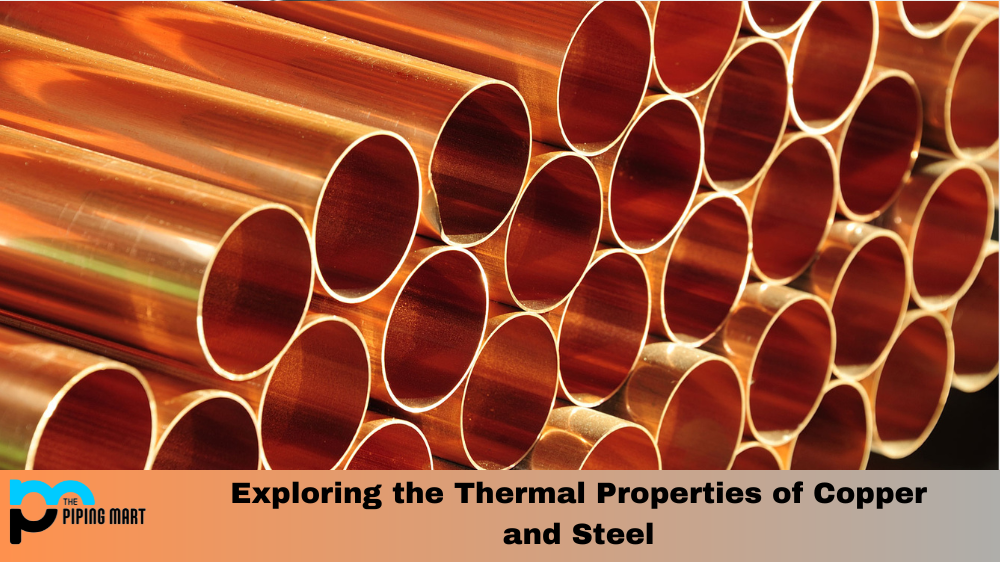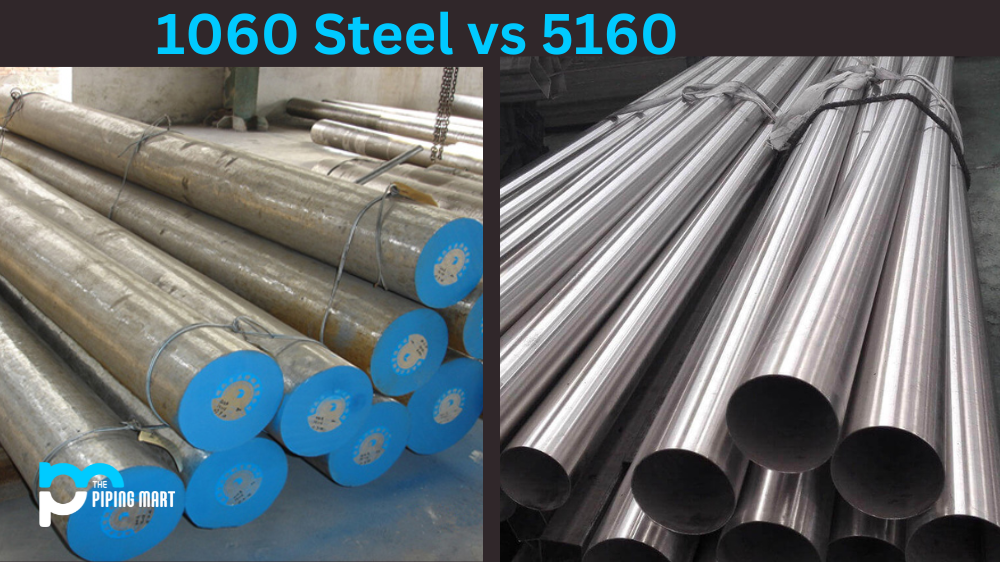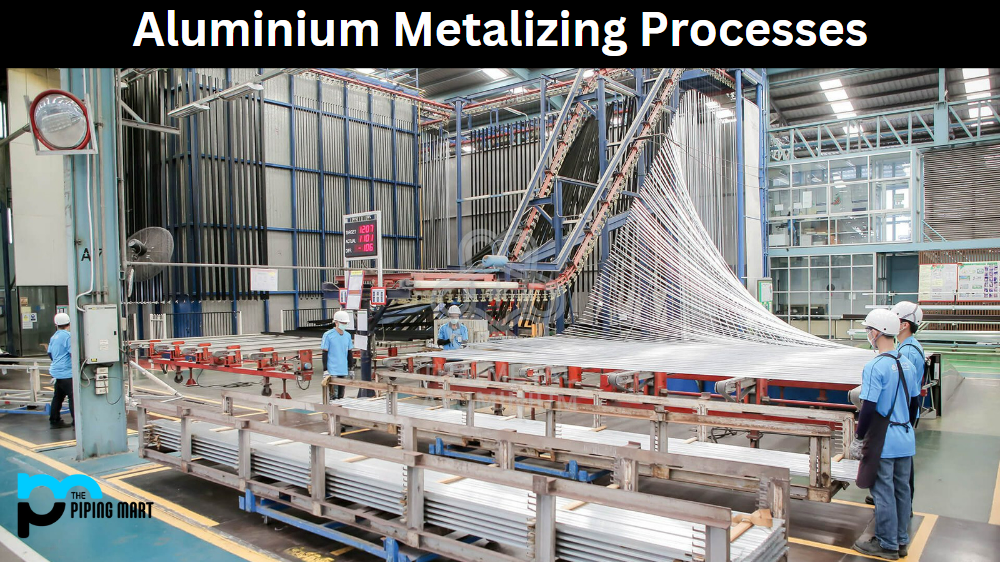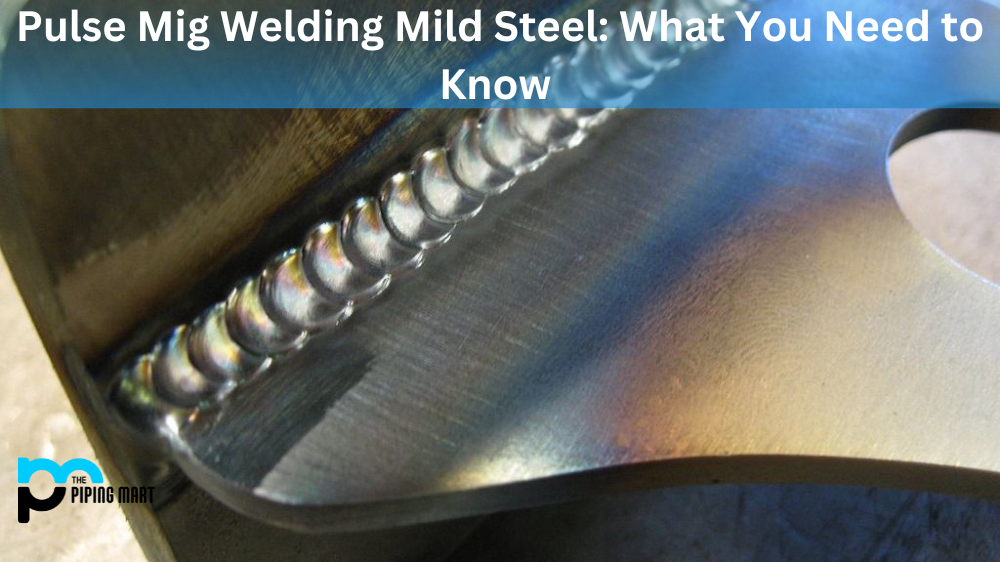When it comes to the materials used in construction, copper, and steel are two of the most common. These materials have unique thermal properties that can affect how they are used. In this blog post, we’ll be looking at the thermal expansion and conductivity of copper pipes and comparing copper and steel when it comes to thermal conductivity.
Thermal Expansion of Copper
Copper is a popular material for plumbing because it is resistant to corrosion and easy to work with. However, like all materials, it is subject to thermal expansion—the physical expansion or contraction that occurs when exposed to changes in temperature. As the temperature rises, copper expands; as it falls, it contracts. This property can cause problems when working with copper piping if not considered; for instance, if a pipe is not properly secured in place, its connection may become loose over time due to changes in temperature causing it to expand or contract.
Thermal Conductivity of Steel and Copper
Steel is another popular material used in construction due to its durability and strength. It has a much lower thermal conductivity rating than either silver or copper—50 W/m-K—which means that heat passes through steel much slower than through either metal mentioned above. This makes steel a good choice for applications where you want insulation from heat transfer—for example, a wall between two rooms with different temperatures.
Conclusion
When considering which material to use for your project, understanding each material’s thermal properties can be important in making the best decision for your needs. In this blog post, we looked at some key aspects related to copper pipe’s thermal expansion as well as compared copper and steel when it comes to their respective thermal conductivities. Intended audiences such as engineers or contractors should now understand better why these materials are chosen based on their unique qualities when building structures or systems that require insulation from heat transfer or need components that can withstand changing temperatures without becoming loose over time. With this knowledge, you will be able to make informed decisions on which material would work best for your particular application!

Pipingmart is B2B portal specializes in industrial, metal and piping products. Also, share latest information and news related to products, materials and different types grades to help business dealing in this industry.




